AARP Hearing Center

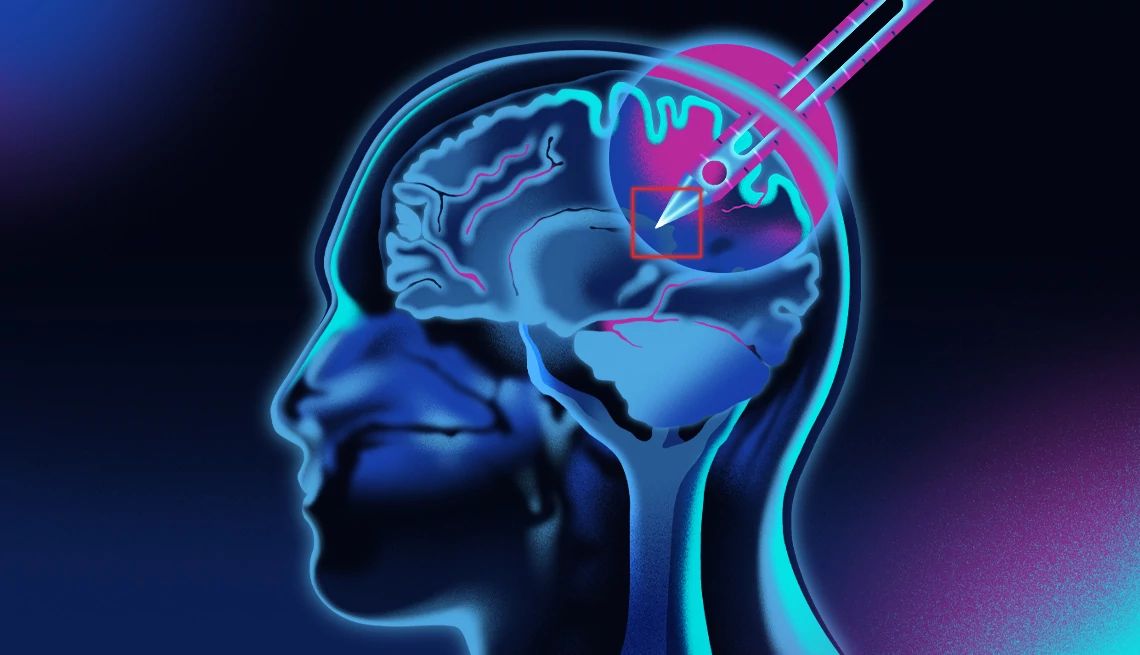
Kay Williams felt “real, real strange.” Her head ached; her eyes grew heavy. As she slid out of her office chair, a colleague quickly dialed 911.
“My headache turned to blackness,” says Williams, 63. “I guess that’s when the aneurysm in my brain erupted.”
It was May 2018. Williams was a healthy 56-year-old with three grown children and a successful career as a new-car salesperson in Atlanta. Suddenly, she was having the most lethal kind of brain attack — a hemorrhagic stroke caused by a burst blood vessel.
With no effective treatments for this emergency that strikes more than 100,000 Americans each year, her chance for survival hovered at 60 percent and her odds for a lifetime of disability were as high as 88 percent. When a neurosurgeon at Atlanta’s Grady Memorial Hospital told Williams’ daughter about an experimental procedure to drain the blood clot from her mother’s brain, she said yes.
MRI-equipped ambulances: A future breakthrough?
Researchers at the Medical University of South Carolina are testing the feasibility of equipping standard ambulances with magnetic resonance imaging machines so that EMTs can evaluate stroke patients before they reach the hospital.
“There’s no more sensitive organ than the brain,” says neurosurgeon Gustavo Pradilla, M.D., chief of neurosurgery for Grady Health System, who performed the procedure.
After a hemorrhagic stroke, every minute brings more damage. Blood accumulates and crushes delicate tissue. “The clots can be the size of a tennis ball, generating a tremendous amount of pressure in the brain,” he explains.
Treatment typically involves drugs to lower blood pressure and correct clotting problems, but those approaches can’t remove the clot itself. Conventional brain surgery is a risky last resort, Pradilla says.































.jpg?crop=true&anchor=13,195&q=80&color=ffffffff&u=lywnjt&w=2008&h=1154)



























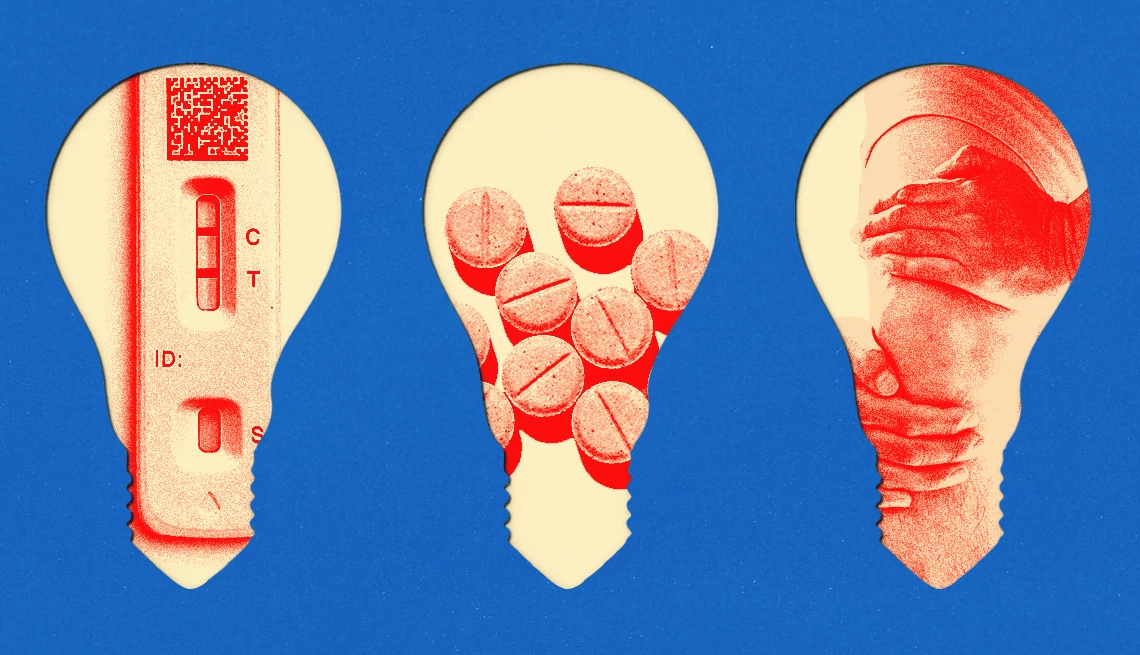

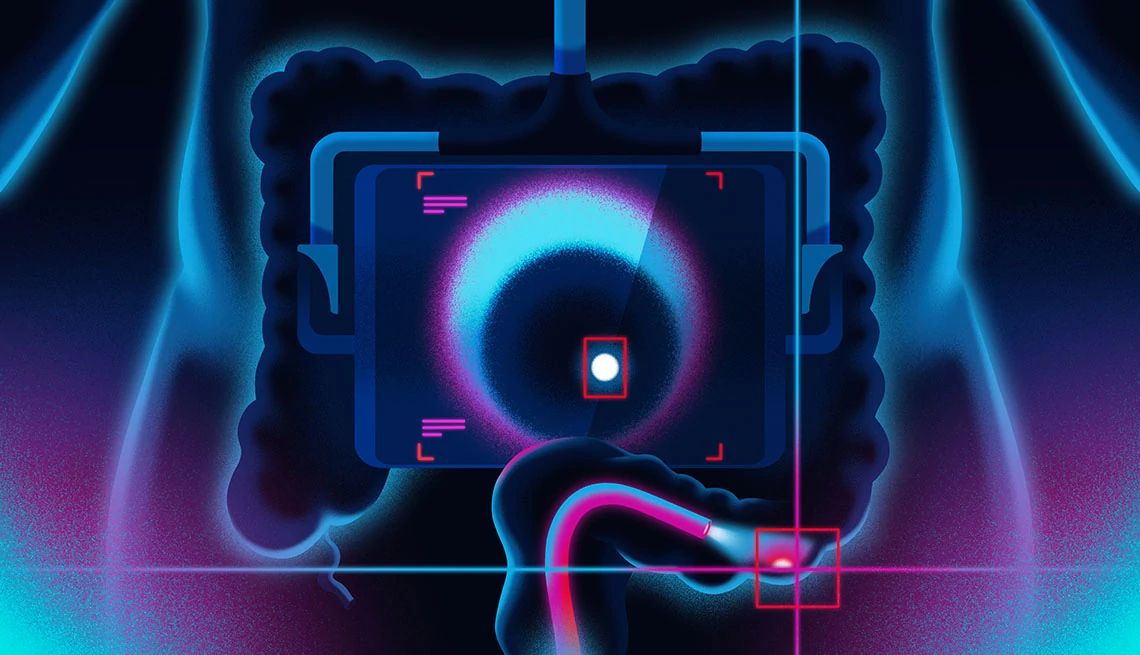
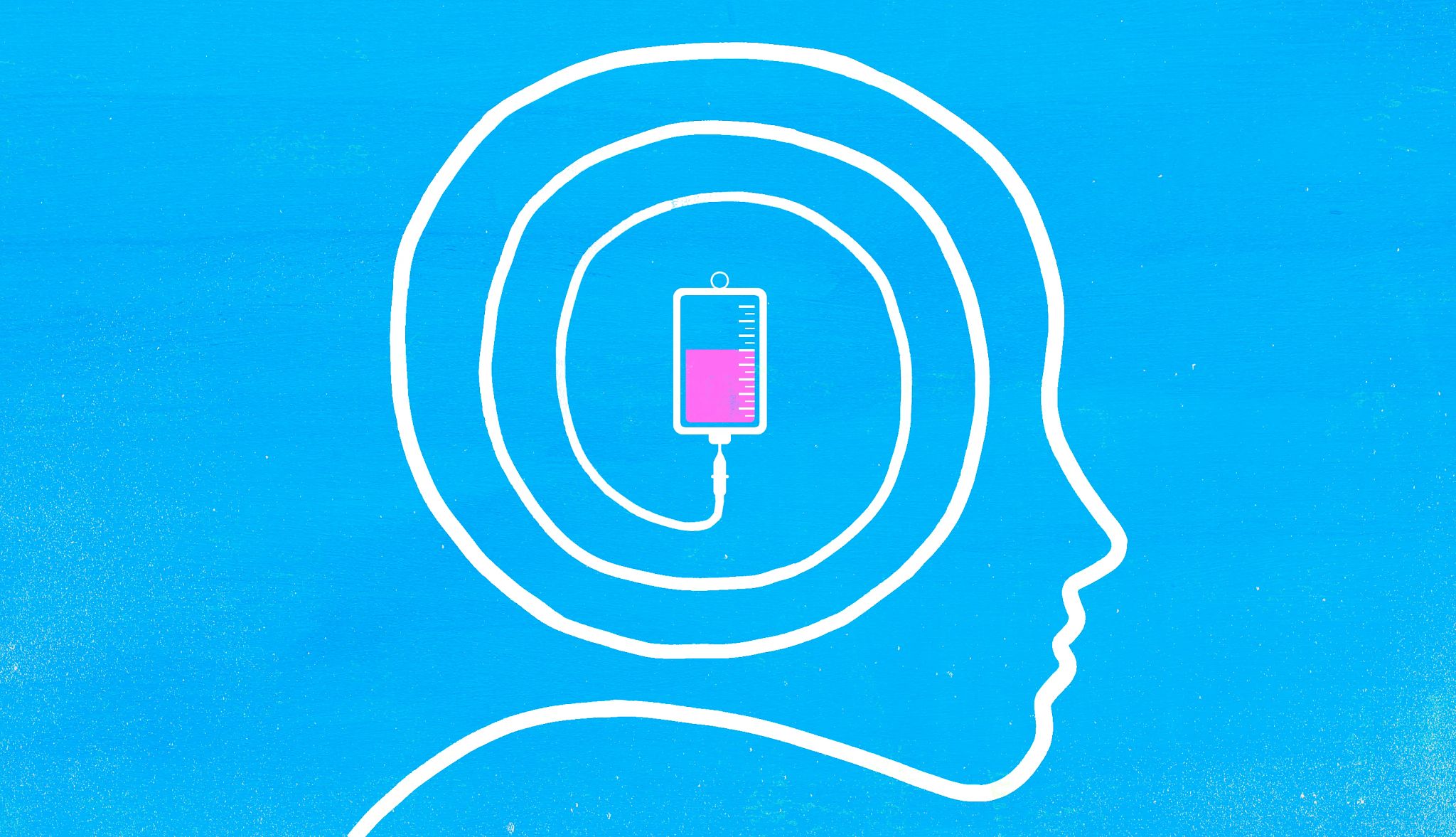




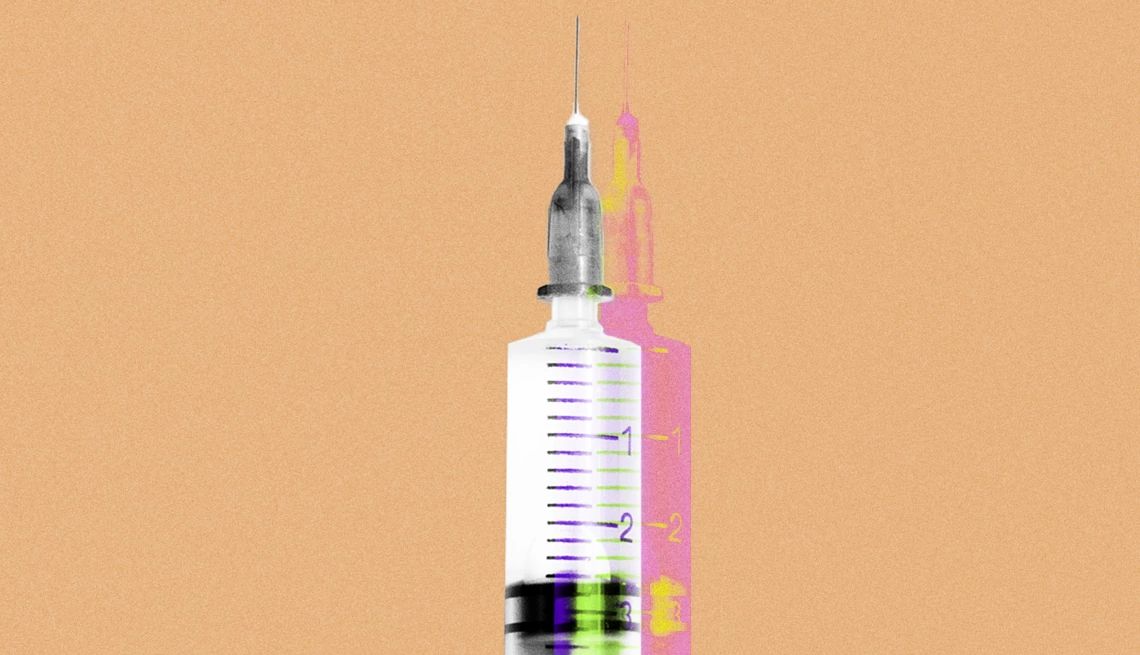





You Might Also Like
Know the Warning Signs of a Ministroke (TIA)
The short-lived symptoms need immediate medical attention to help lower the risk of a deadly stroke
What to Do (and Not Do) When Someone Is Having a Stroke
Knowing how to respond can go a long way to preventing permanent disability
What It’s Like to Suffer Several Strokes
I had seven strokes in one year — and am here to write about itRecommended for You